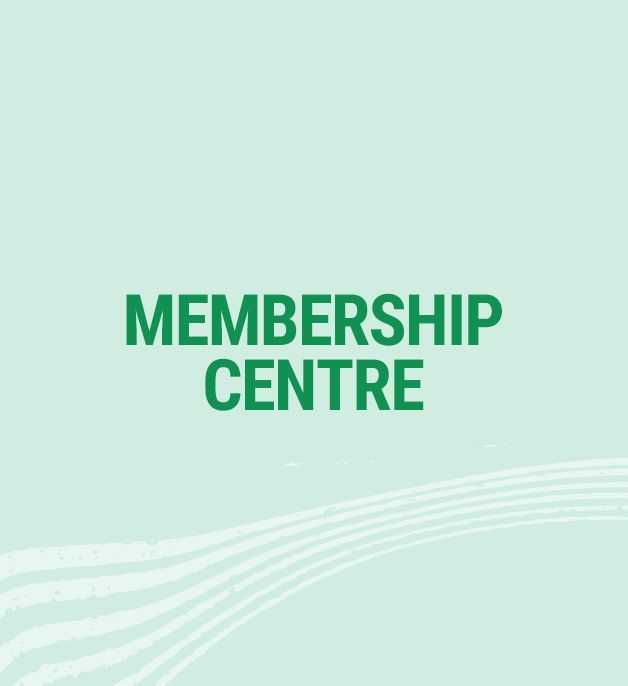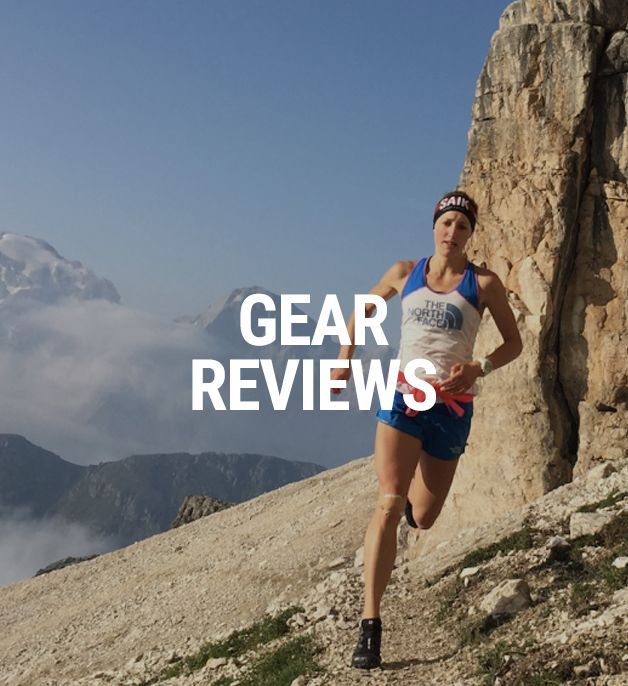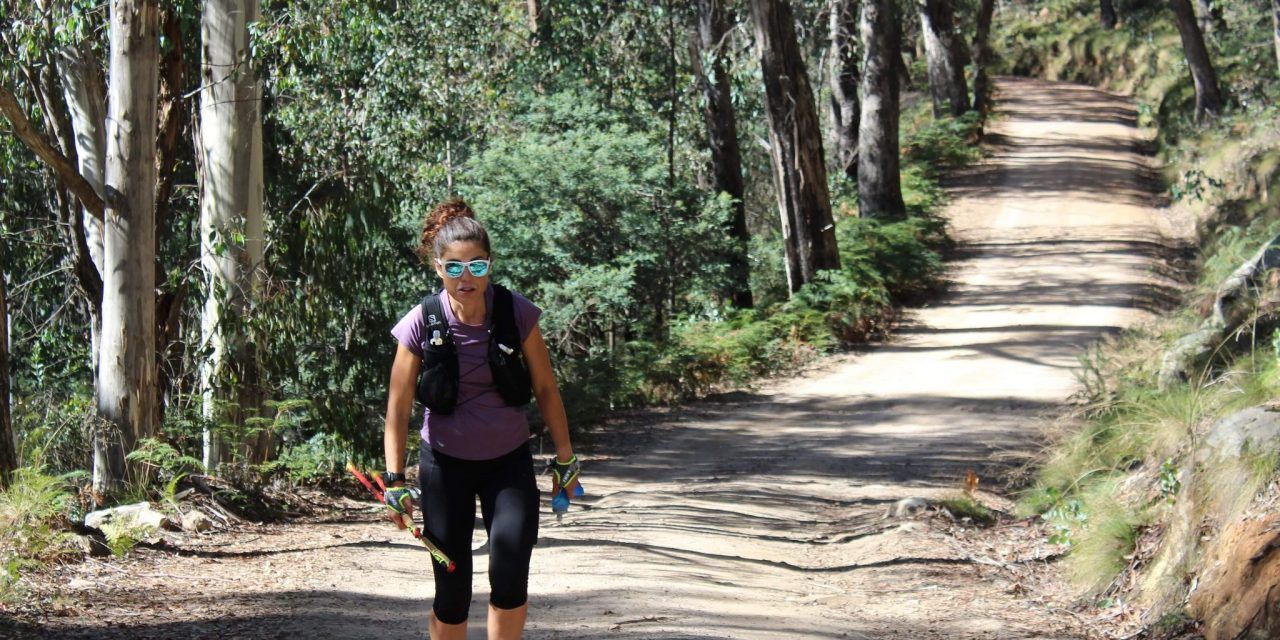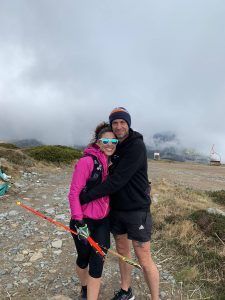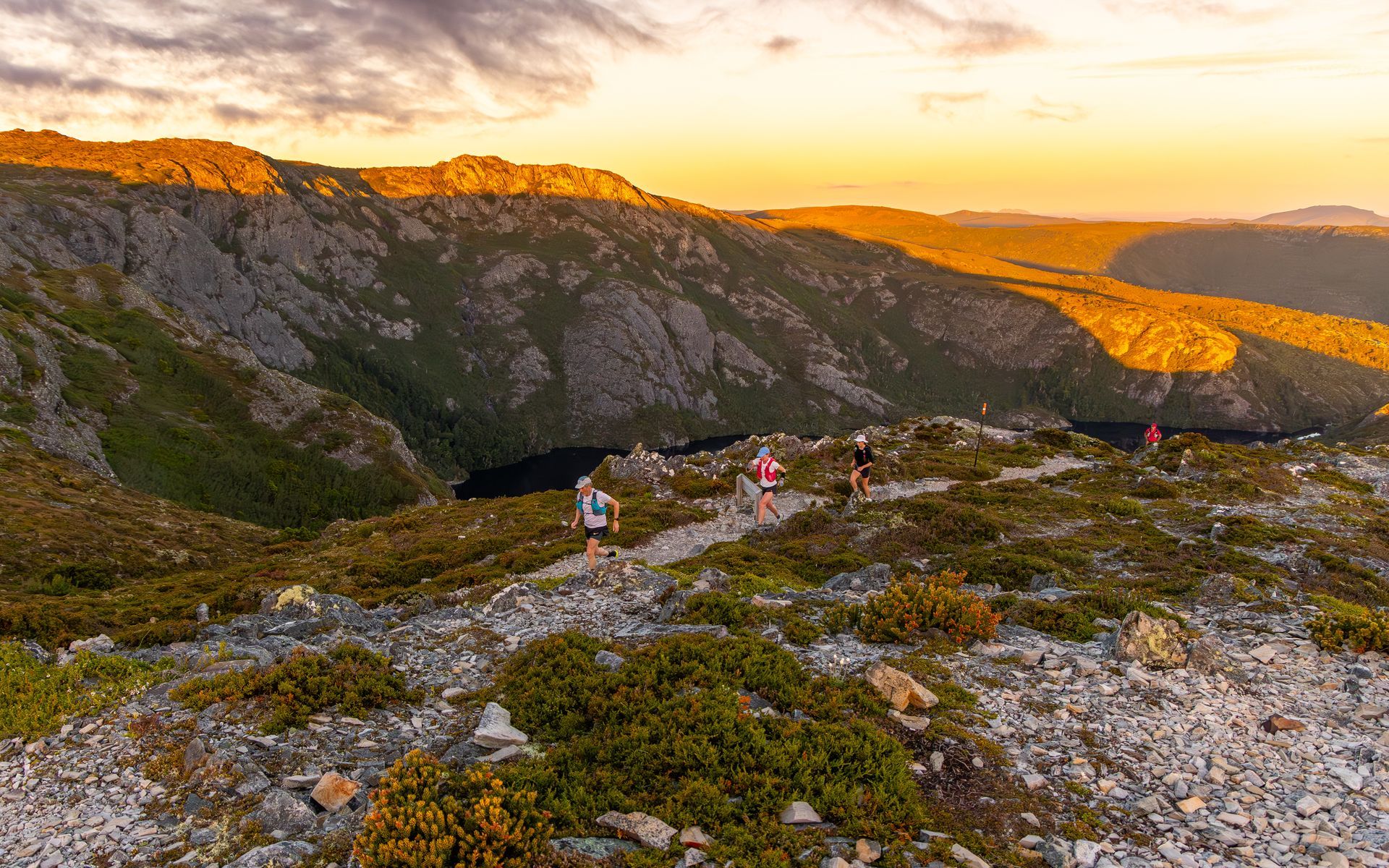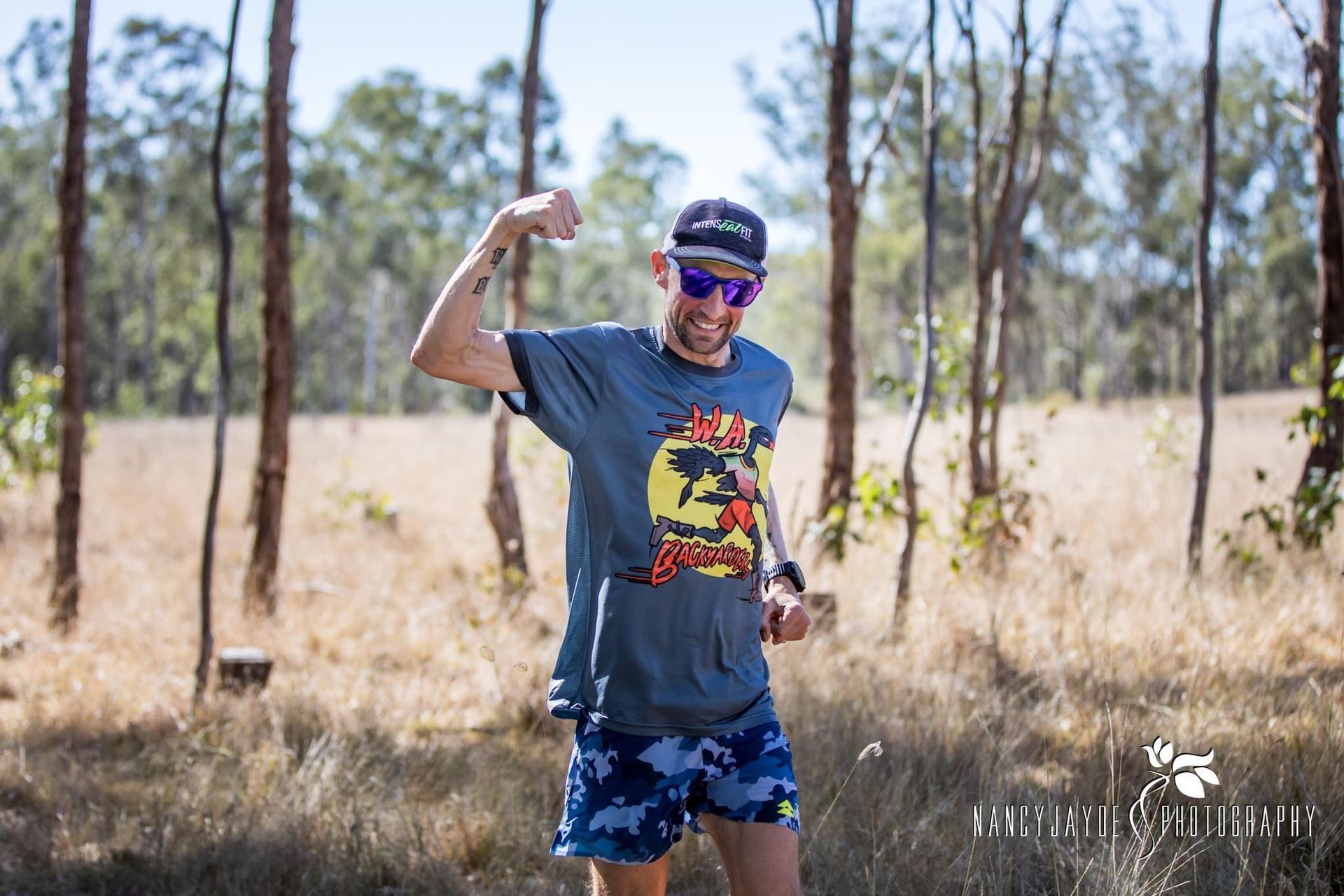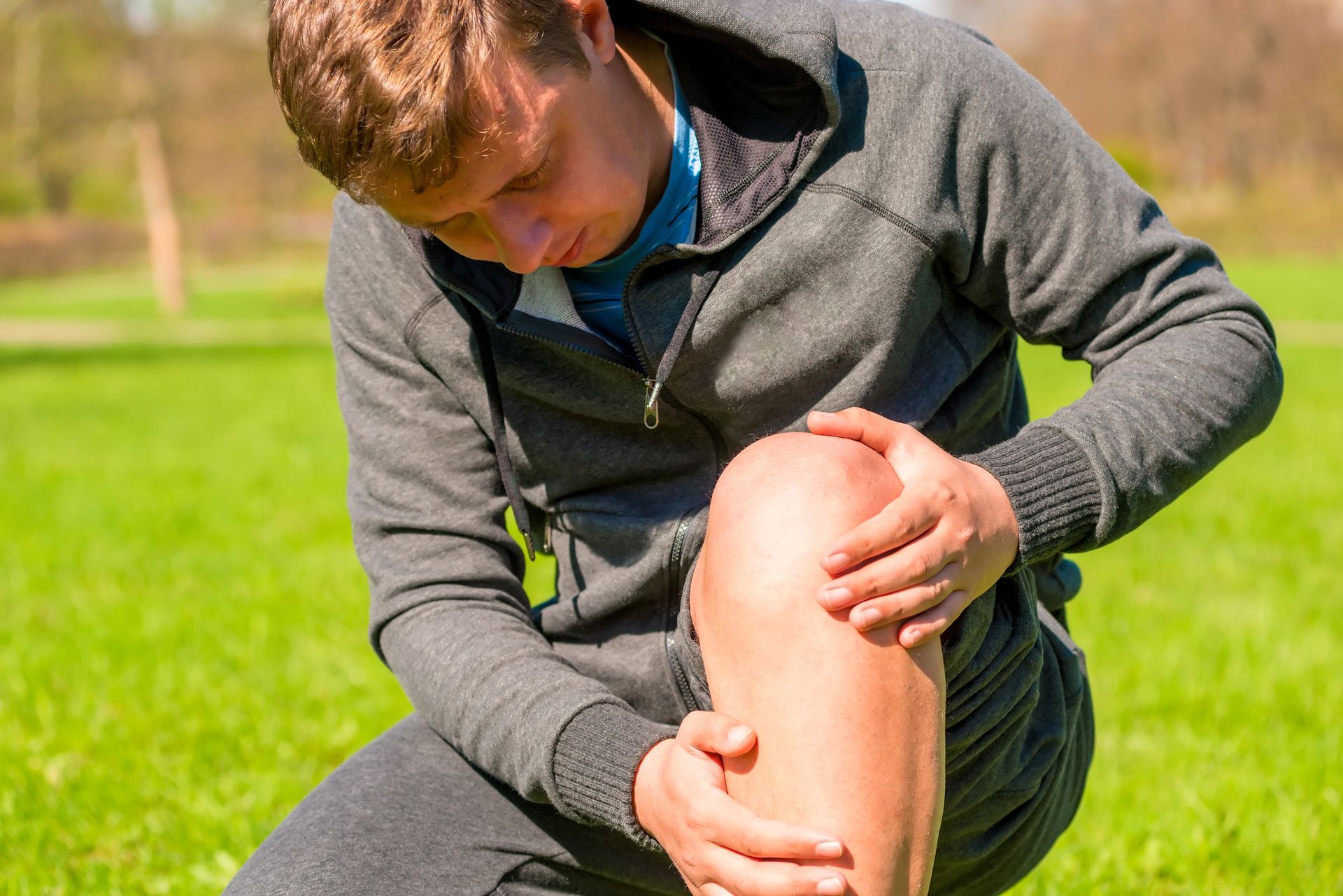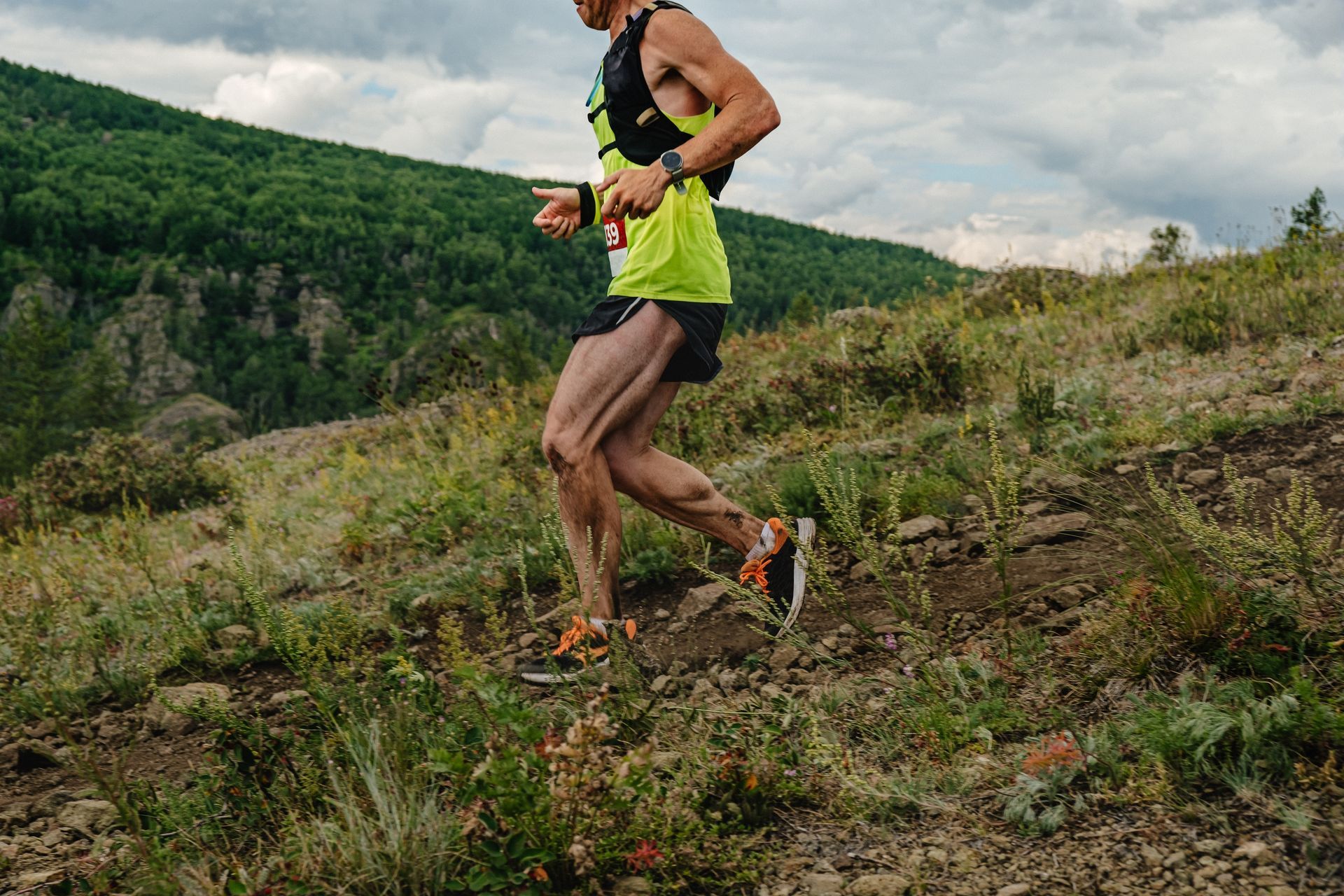Ross explained she was familiar with most of the terrain, just unfamiliar with the sections that all connected to one another, but she had a support crew that kept an eye on her through Avenza, a mapping and cartography resource that can work offline even in the most remote of places.
“I had also recce’d some of the places in the lead up to my FKT, just for that piece of mind – it always makes you feel a bit better when you know the area at least once before,” she said.
“But it was also to the benefit of my entire crew and the FKT ‘people’; just because a trail is on the internet, doesn’t mean it exists, so I had to run the whole thing before I attempted my official FKT to make sure it was all there.
“Once it was ratified as a fastest known time, only then did I say I would do it Solo Female Supported, meaning I can have help like pacers, aid stations, etc.”
When it comes to an FKT, there are three ways an individual can do it – supported, self-supported and unsupported.
SUPPORTED
Trips can have as much support as enlisted as long as you are entirely self-powered; this can range from one person handing you water once to an entire team that accompanies you the whole distance giving you everything except physical assistance.
SELF-SUPPORTED
You have as much support as you can manage or find along the way, but not from any thing or person just for you; any support you employ must be equally available to anyone else, this can range from caching supplies in advance, purchasing supplies along the way, staying at motels, to finding or begging for food or water.
UNSUPPORTED
You truly have no external support of any kind. You carry everything you need from start to finish except water from natural sources; this naturally limits the length of an unsupported trip. Even having spectators is now classified as supported.
Ross said she was keen to see other people take on her Victorian High Country 7 Peaks, and was in two minds about whether she would do it again herself.
“I think I could do it again and hopefully do a better job, because you know what it’s like when you’ve done a course and you know kind of know it a bit better, you’re always going to do better because you know what’s ahead,” she revealed.
“The longest I’d ever gone before my FKT was 44 hours, so this was my longest ever run, quite a leap from one extreme to the other, and the biggest challenge for me was trying to stay awake.
“Those moments of tiredness, that sleepiness, just hit me so quickly it was horrible, and all I could think about was hoping I wouldn’t have to feel like that for the rest of the way.”
Throughout Ross’s FKT, she was feeling mentally charged and physically capable, allowing her to walk away from the success like she’d had a great day at the office.
“We’re only human, and some running days just aren’t good days, but my FKT left me feeling amazing and accomplished,” she said.
“For anyone wanting to do an FKT, train for everything and anything; train your gut, train your hiking as well as your running because with so many climbs you need to be able to hike well, train your downhill and learn how to control your pace, and time of feet is equally as important.”
Ross now has her sights set on the Clint Eastwood LOS (Last One Standing) by AAA Racing on 13 August in Queensland. She then has another adventure challenge planned for October (so keep your eyes and ears open!) followed by Barkley in 2022 and DU135.
Pictured: Isobel Ross completing her FKT at the Victorian High Country 7 Peaks. Photograph – Supplied.
Pictured (Inset): Isobel Ross with partner Ron Tait during her FKT. Photograph – Supplied.
